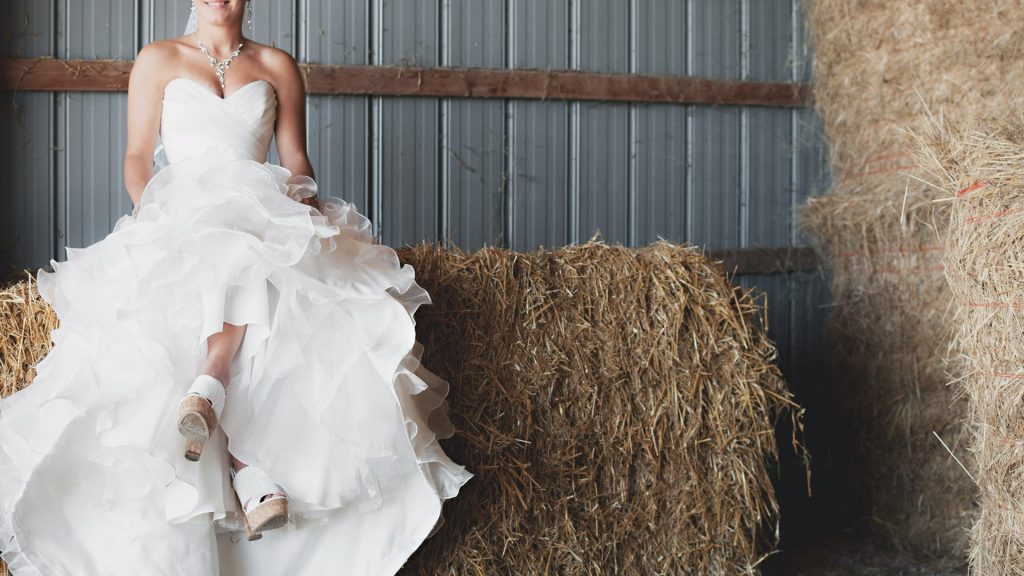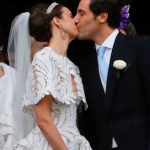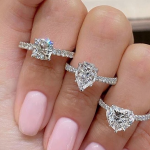It would be easy to imagine that wedding dresses have been glamorous and varying shades of white since their inception. However, they have actually changed a lot over the years. From fabric and style to length and colour, not much about wedding dresses has stayed the same.
Not much is known, due to a lack of documentation, about weddings in ancient times. However, Love To Know reports that the ancient dress tradition differed according to culture. Brides in ancient Rome are said to have worn yellow veils to represent a torch and symbolise warmth. In ancient Athens, brides were likely to have worn long robes in shades of red or violet.
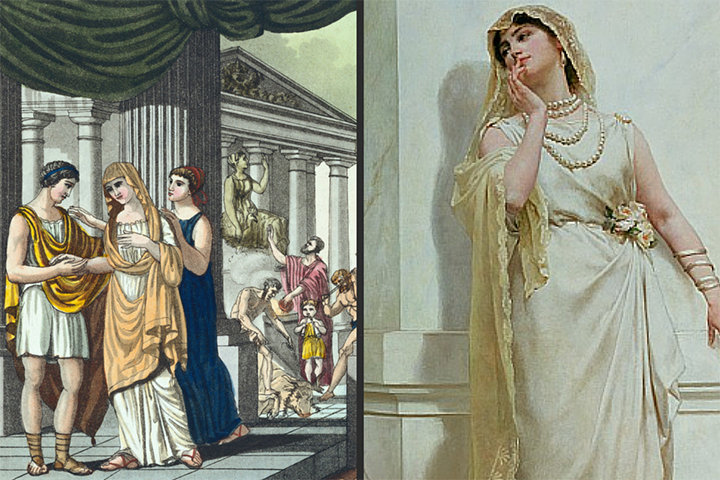
From the 5th to the 15th centuries (or in the Medieval times), because weddings were more about politics than love, brides were required to dress in a manner that cast her family in a good light. Brides of high social standing would wear rich colours and expensive materials including fur, velvet, and silk. Often, they had gems sewn into their garments too.
During the Renaissance (from about the 14th to the 17th century), which overlaps with the Medieval times, layering was important. In addition, dresses were long, hanging from the neck to the feet, and may have included a train. Burgundy was a popular colour at the time, and dresses were often corseted or had skirts done in a bell shape.
Elle, however, reports that around the 17th century it was common for a bride to simply wear her best dress, no matter its colour.
Much later, in 1840, the white wedding dress became popular. This is credited to Queen Victoria, who wore an ivory silk gown to marry Prince Albert in that year. Soon after, the white wedding dress became majorly popular, with dressmakers also incorporating embroidered silk, lace, and floral detailing into wedding dresses. High necks, full skirts, and white gloves were popular for brides at the time.
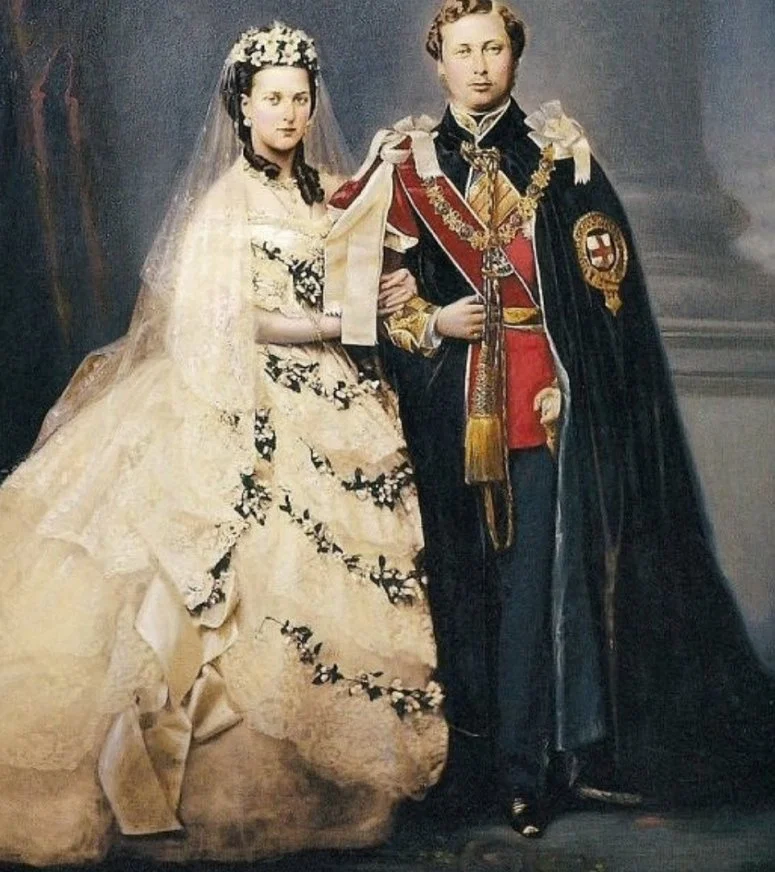
In the early 1900s, white remained the most popular colour, but some brides opted for azure, mauve, or pale think. According to Bridal Guide, a wedding dress at this time incorporated an S-shaped corset, to pull in the belly and push out the bosom. Dresses also came with frills on the bodice, and gigot sleeves.
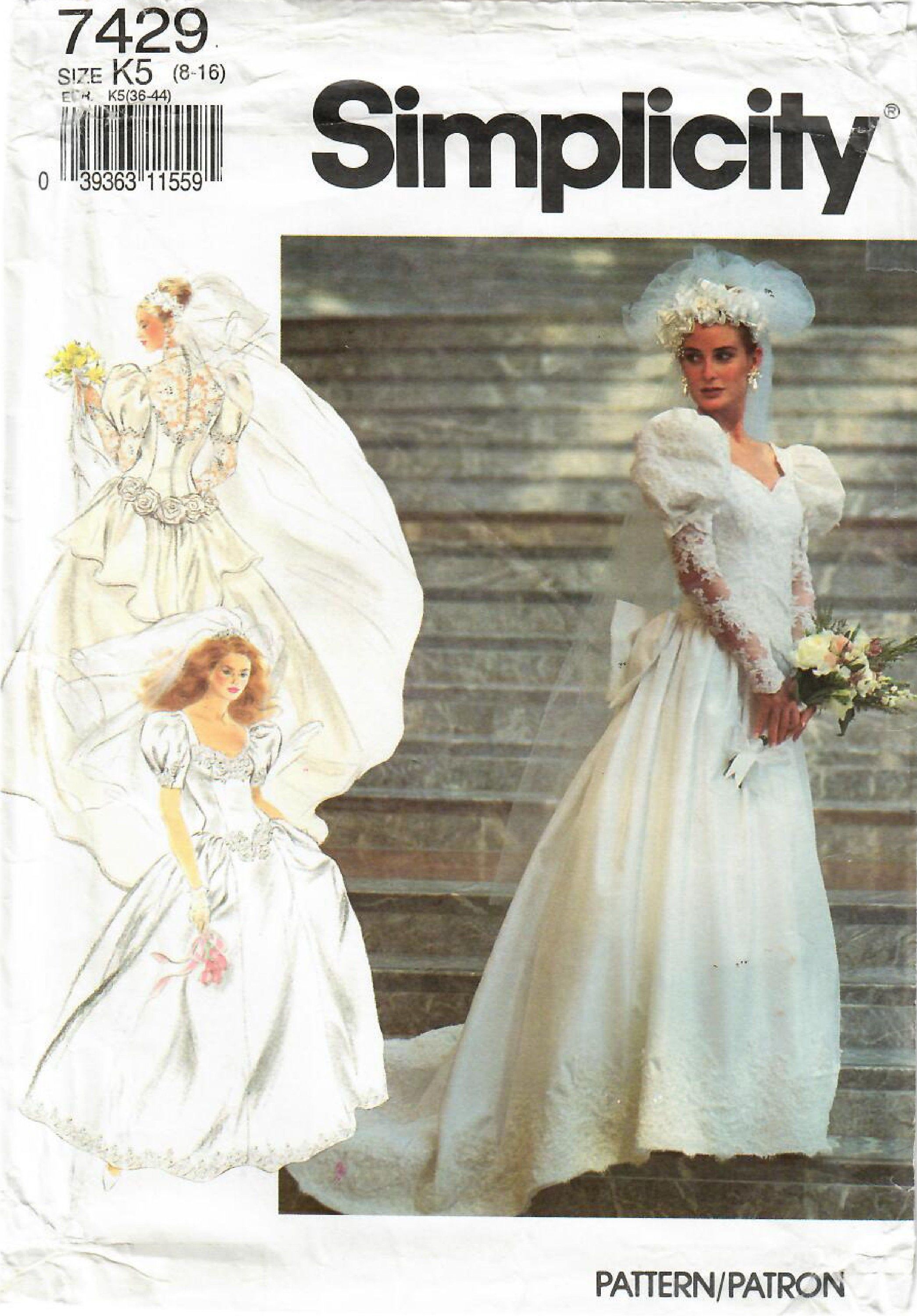
Through the 1900s wedding dresses went through many transformations. In the 20s sleek, drop waist gowns were popular, and dresses became slightly shorter, according to Good Housekeeping. The 30s and 40s brought simpler outfits, as the wars led to financial struggles, many brides wore items they already owned.
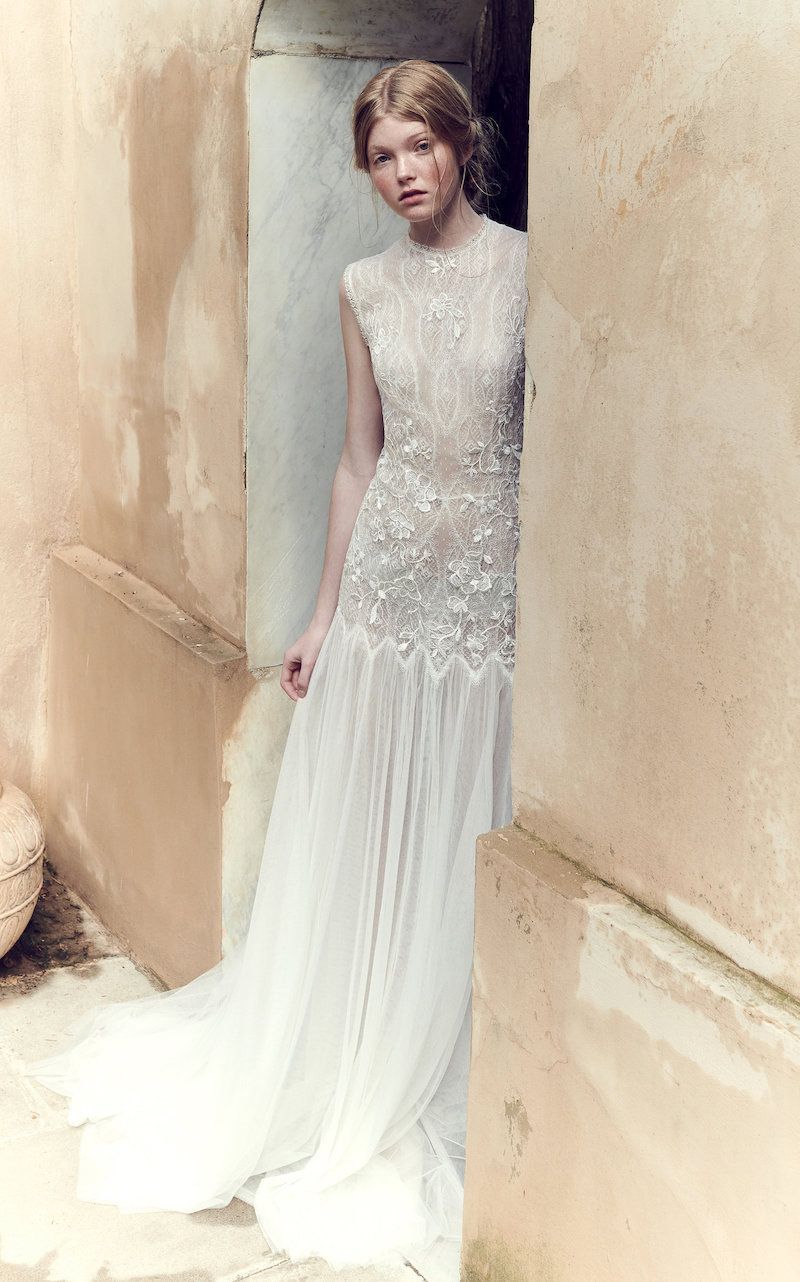
Elizabeth Taylor’s dress in her film Father of the Bride, which had a fitted bodice and a full skirt influenced trends of the 50s. Sweetheart necklines were also popular at the time. About 20 years later, in the 70s, the popular neckline moved to high collars. The 70s saw a lot of experimentation, as it to be expected of the time.
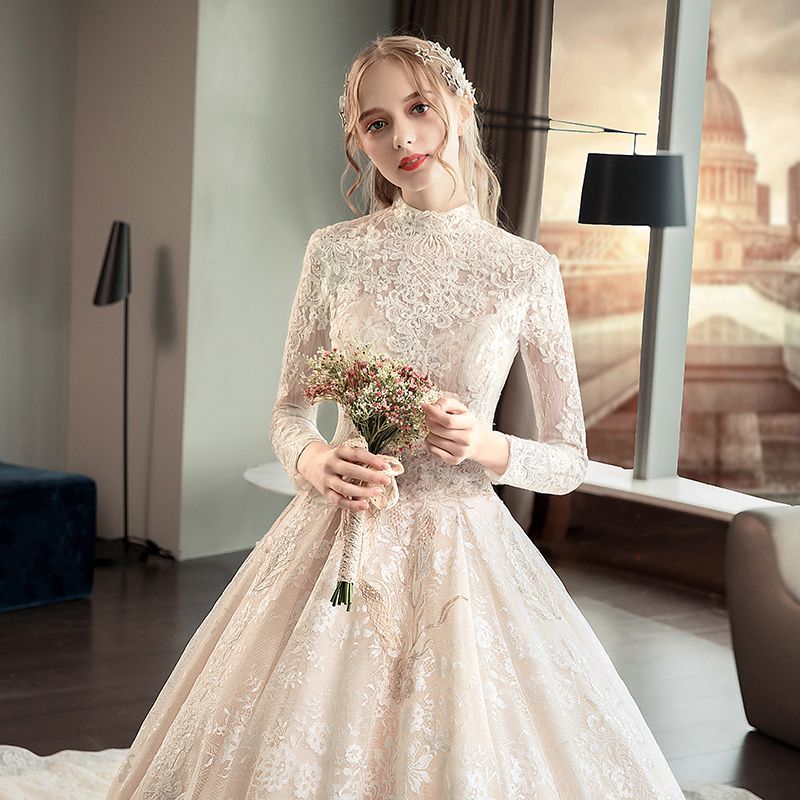
In the 80’s there was no such thing as “less is more”, in fact, at the time brides believed “the bigger the better”. Puffy sleeves, long trains, and over the top headdresses were all the rage.
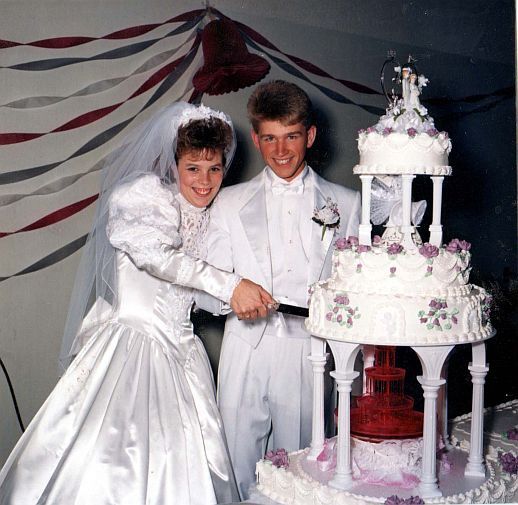
Vera Wang opened her bridal boutique in 1990, and 10 years later she was considered to be one of the top dress designers. Her speciality at the time was strapless and spaghetti straps.
Nowadays, brides can do whatever they like. Most still opt for white wedding dresses, but styles vary broadly.
Watch wedding dresses change through time:
Feature image: Unsplash


